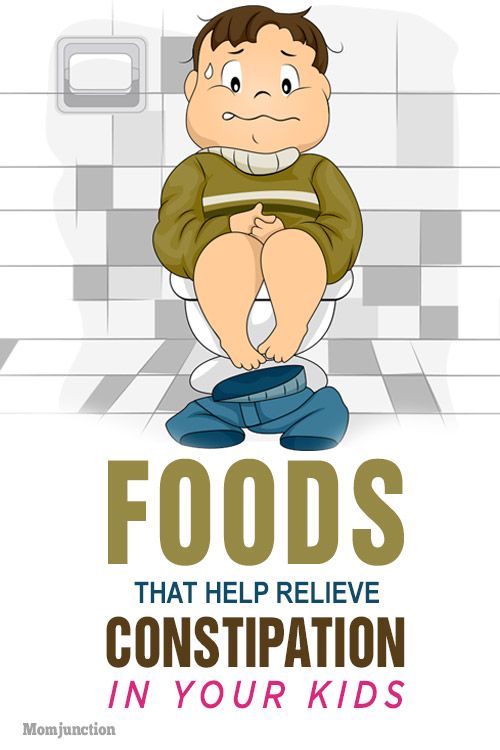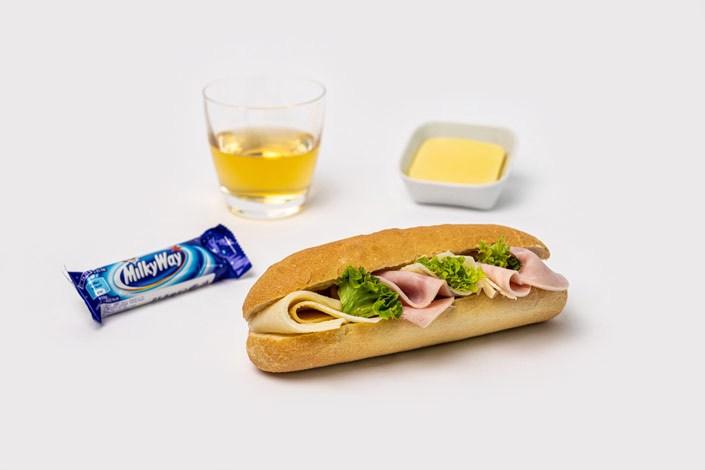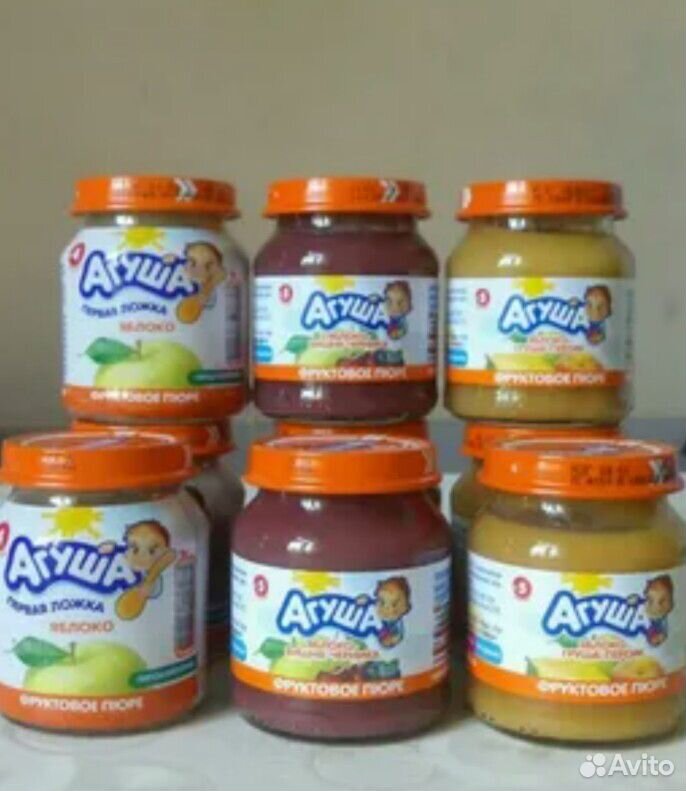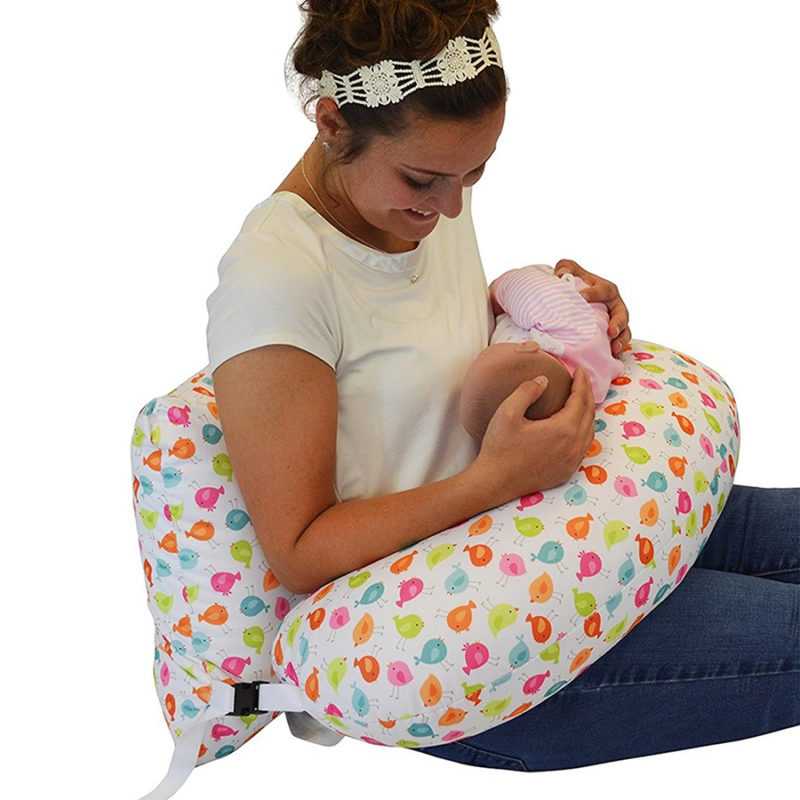Foods to help relieve constipation in babies
Are There Baby Foods that Help with Constipation?
While parenting brings many surprises, one of them is likely how much you’ll think about poop, or lack thereof, especially during that first year. But here you are worrying about your baby’s digestive tract and convinced that they’re constipated.
If you’ve recently introduced your baby to solid food, then your worries may be on target: solid foods can put a strain on your baby’s developing digestive tract and cause constipation. But there are things you can do to help!
Before you begin treating constipation you should determine if there is really an issue at all. So here’s the scoop on poop and how to tell if your worries are founded and your baby is constipated.
Breastfed babies
During the first few weeks, you’ll find yourself changing diapers with alarming regularity. Figure in every feed or so.
But don’t despair, because by the time your baby reaches 6 weeks old, they may have a bowel movement only once or twice a day. On the other hand, they may have one only every 7–10 days. (Yep, the frequency really can vary that much.)
The poop is yellow, soft, runny and sometimes lumpy and the smell isn’t unpleasant.
Formula-fed babies
A newborn, formula-fed baby typically poops up to five times a day. At about 6 to 8 weeks, this may decrease to around once a day.
Formula-fed babies have poop that is a camel to brown color with a thicker consistency, more like paste. Most likely, the less-than-aromatic smell means you’ll hermetically seal soiled diapers before you toss them into the garbage.
Signs that your baby is constipated
You’ve noticed that your baby’s tummy isn’t following the schedule that you got used to. Could it be constipation? Here are the signs that could confirm your suspicions:
- You notice that they cry or fuss while they’re trying to have a hard bowel movement.
- The poop, when it does come, is like hard pellets.
- You notice streaks of red blood in the hard poop.

While it’s not easy for a baby on a liquid diet to become constipated, trouble can start when you start introducing your baby to solid foods at around 6 months. Here’s why:
New food types
Think of it as a learning curve: Your baby’s body is learning how to cope with a new kind of food to digest as they move away from their full liquid diet and you need to soften the learning curve. (Pardon the irresistible pun.)
Changes to fluid intake
Decreased fluids will make your baby’s poop harder and more difficult to push out. If they’ve started solids, they may need to up their fluid intake to offset the solid food. And if your baby is teething or feeling unwell, it can also lead to them taking in less fluid than usual.
Lack of fiber
Even though they’re just starting out, babies’ tummies work like ours. While initially the move to solids that have fiber (from breast milk or formula, which don’t) can cause temporary constipation, their tummies will adjust.
Make sure to monitor your baby’s fiber intake and pair it with plenty of hydration for a smooth ride the same way that you monitor yours.
OK, so you’ve confirmed that your baby is constipated. The next step is helping to alleviate the strain on their developing digestive system.
Remember that you can keep offering these foods as your baby develops into a toddler and beyond. In fact, there is little research or evidence to support specific foods (including high fiber ones) in treating or preventing constipation in infants. Most of these recommendations are based on evidence for older adults and children.
Keep in mind that good practice when introducing solids is to introduce foods as single ingredients. That way, if your baby is allergic to certain foods, you’ll be able to more easily trace the source.
If your little one hasn’t tried these foods before, don’t rush the process. Test out one at a time and then introduce combinations once you’re confident they’re well tolerated.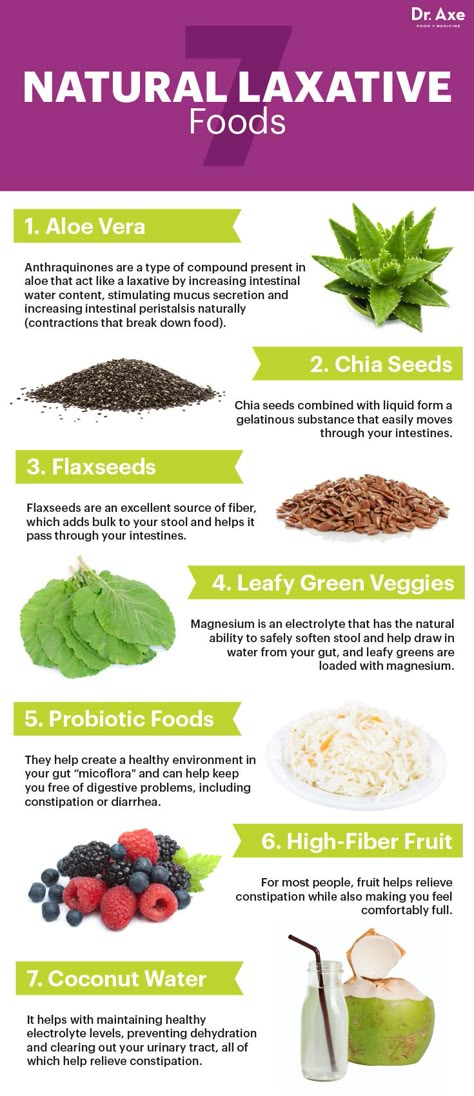
- Back to basics. Give your baby’s digestive tract a break by feeding them mashed avocado or sweet potato purée. These are easy to digest and may give your baby the kick start they need.
- B vegetables. Think broccoli, Brussels sprouts, and beans. Purée these for a meal filled with fiber.
- P fruits. Your grandmother was right — bring on the prunes for quick work. A purée that includes a mix of prunes plus pears, plums, or peaches should work magic. Try subbing the prunes with dates for a change.
- Bring on the fiber. If your baby is over 8 months, you can offer them whole grains like oatmeal, fiber-rich cereals, whole wheat pasta, and brown rice.
- Water intake. Until 6 months an exclusively breastfed or formula-fed baby doesn’t need to drink water. Above this age, you can introduce small amounts of water.
Plums and pears with cinnamon
Cut 2 or 3 pears and plums into small pieces. Place in a saucepan with a small amount of water and simmer until soft. Add in a sprinkle of cinnamon. Blend thoroughly.
Place in a saucepan with a small amount of water and simmer until soft. Add in a sprinkle of cinnamon. Blend thoroughly.
Sweet potato with apple and peach
Cut half a sweet potato, one apple, and half a peach into small pieces. Place in steamer basket and cook until tender. Blend until smooth.
Spinach and apple purée
Chop two apples into small chunks and cook in saucepan with about 1/2 cup of water. When they’re tender, add about 1 cup of spinach and cook another 2 to 3 minutes. Purée until smooth. Can be seasoned with cinnamon and ginger.
Some sources suggest prune, pear, and apple juices help to increase the water content in poop and can ease constipation.
However, the American Academy of Pediatrics recommends steering clear of fruit juice for children younger than 1 year old. You can stick with these fruits as purées for similar effects.
What is it about prune juice? The high levels of sorbitol and phenolic substances in prune juice and dried plums act as a laxative and diuretic properties.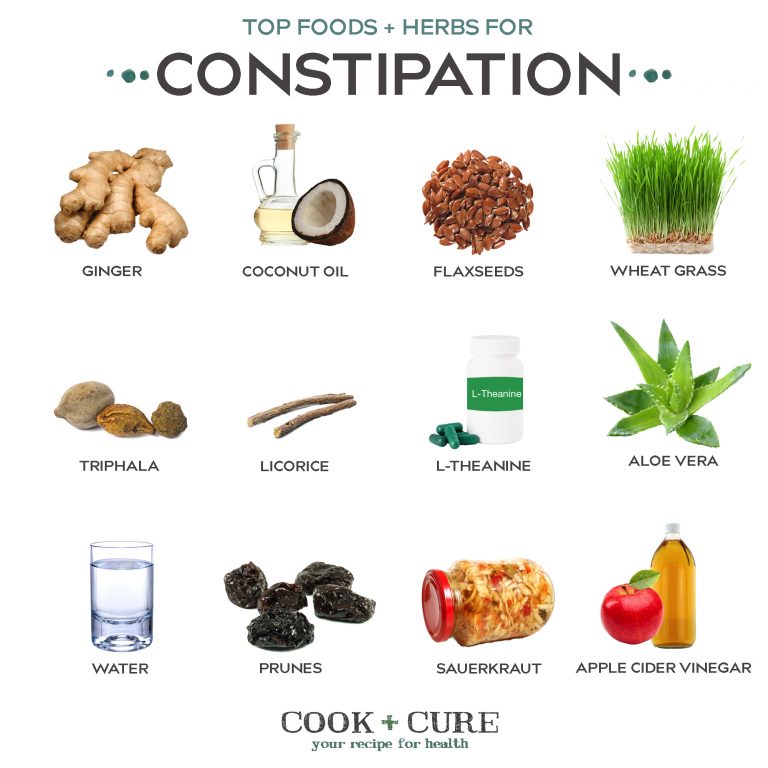 So if your child is over 1 year old, you can use small amounts of prune juice to encourage their system to run.
So if your child is over 1 year old, you can use small amounts of prune juice to encourage their system to run.
Some studies show that constipation may affect as much as 30 percent of children. If your child is part of the unlucky statistic, here are some foods that you may want to give them smaller amounts of until it passes:
- bananas
- dairy products such as cheese and yogurt
- low fiber foods like white rice, white bread, and white pasta
If you’re like most parents, you’ll be up for whatever you can try to help your baby get comfortable fast. Here are a few tricks that you can use to ease your baby’s constipation:
- Warm baths. These can relax those abdominal muscles and get them working.
- Exercise. Lay your baby on their back and push their legs alternately as if they’re cycling a bike. Alternatively, hold their knees and feet together and push their feet towards their belly.
- Massage.
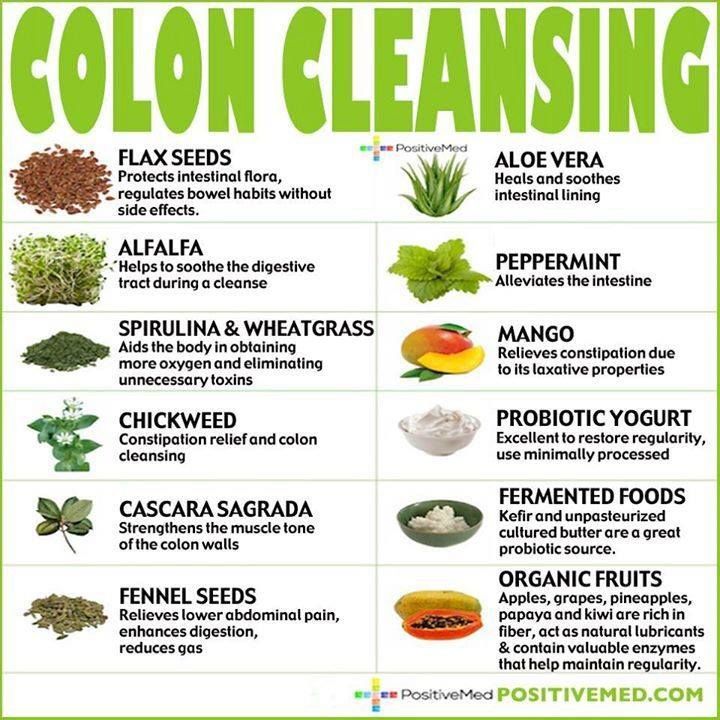 Use your fingertip to draw clockwise circles on your baby’s stomach.
Use your fingertip to draw clockwise circles on your baby’s stomach.
If you see that despite your home remedies, your baby still is having hard stools or hasn’t pooped after 2 or 3 days from their last hard stool, then contact your pediatrician. Especially if you consistently notice blood in their poop or your baby is extremely irritable and appears to be in pain.
While dealing with your baby’s toilet issues may seem a tad unsavory, you’ll soon be so used to it, that you’ll find yourself sharing your insights over coffee with other parents. And don’t be shy about sharing the yummy food combinations you discover to keep things moving.
6 Baby Foods to Help Relieve Constipation
Home » Feeding Style » Baby Food Purees » Stage Two » 6 Baby Foods to Help Relieve Constipation
These 6 Baby Food Purees Will Help Relieve Baby’s Constipation with no fuss from your little one. You can serve these purees when your baby is backed up or 2-3 times a week to keep things moving on the regular. Great for babies 6-12 months.
Great for babies 6-12 months.
When you first start introducing purees, or when you introduce a new food, to your baby it is completely normal for them to get a little bit backed up. Your baby’s delicate digestive tract needs a little time to process all the new nutrients, fiber, and probiotics that you are giving it.
This is completely normal, so you don’t have to do into panic mode.
While I love and completely trust the Constipation Cure Puree recipe below to do its’ job, let me warn you that this puree is not for the weak of heart. It will definitely get things going and while you will love me for that, you might also curse me when it’s time to change your baby’s diaper.
What all of the 6 purees below have in common, is that they all have produce that starts with the letter ‘P’ in them – prunes, peaches, peas, plums and pears. ‘P’ produce helps get things moving down there all while tasting delicious so your baby will eat them. If you want, you can also add in a pinch of fresh ginger to any of the recipes below. Ginger is great for helping aid in digestion, calming an upset stomach and easing discomfort associated with constipation.
If you want, you can also add in a pinch of fresh ginger to any of the recipes below. Ginger is great for helping aid in digestion, calming an upset stomach and easing discomfort associated with constipation.
- your baby’s stool is hard and dry
- your baby cries when going poo
- baby is unwilling to feed and is generally unhappy
- your baby’s stomach is hard when you gently press down on it
- your baby’s stool has blood in or on it
- Stop serving foods that can cause constipation (potatoes, cheese, bananas, rice cereal, pasta) and start serving purees loaded with fiber.
- Serve purees with produce starting with ‘P’ – prunes, peaches, pears, peas and plums. These P produce help relieve constipation in baby and aid in baby’s digestive tract (see recipes below).
- Start to re-introduce purees that are easy to digest, such as avocado and sweet potato purees.

- If baby is older then 9 months, you can sprinkle a small pinch of ground flaxseed into any puree or finger food.
- Make sure baby is getting enough water in during the day. Aim for 2-4 ounces in the morning and in the evening. This is in addition to the breast milk, formula or milk (for toddlers) you are already giving them.
- Give your little one a warm bath to help them relax their digestion organs.
- Start doing baby tummy exercises to get things moving. Place baby on their back and taking both legs in your hands, bend their legs towards their belly button and make a circle with their knees in a clockwise direction. You can also gently press on their tummies about 2 inches away from their belly button starting at the 9’oclock direction and moving to the 3’oclock direction. You will want to gently press down roughly 1 inch into their stomachs. Repeat both exercises around 10 times each.
This is the puree I would always turn to when my baby was constipated. It will definitely do the job, so don’t go too overboard when serving this, a little goes a long way. Just a warning;)
It will definitely do the job, so don’t go too overboard when serving this, a little goes a long way. Just a warning;)
This is a great puree filled with fruits and veggies that will help relieve your baby’s constipation. If you want an even stronger constipation puree, you can substitute the fennel for two roughly chopped pears.
This puree is probably one of my all-time favorite purees because it just tastes so dang good and any baby will happily gobble it up. You can also substitute prunes for the dried dates, if you are so inclined.
This simple pear puree is great for mild cases of constipation. You can add in 1/4 – 1/2 tsp of fresh ginger to help ease digestion pain.
Pear Baby Puree (Stage One)
5 stars (19 ratings)
This smooth and creamy homemade Pear Baby Puree is a wonderful first puree for baby – easy on the taste buds and great for their growing bodies!
Get the recipe
You can use frozen chopped pumpkin if fresh is not an option or you can use organic canned pumpkin puree if neither is available.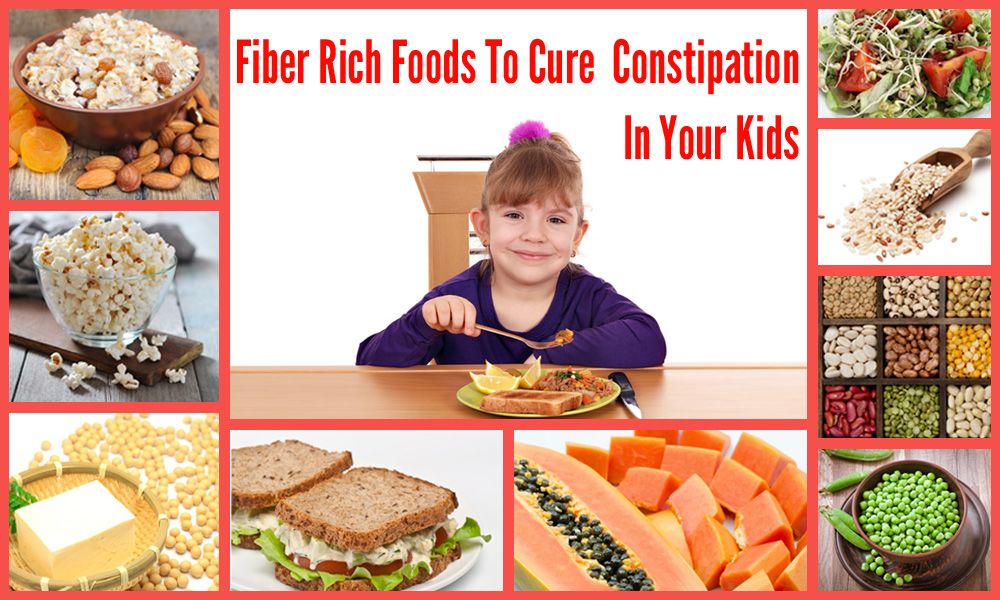
Pumpkin, Yogurt + Prune Baby Food Puree
5 stars (6 ratings)
A fun seasonal baby food puree that takes only 15 minutes to make and is packed with vitamin A, beta carotene, potassium, protein and iron just from the pumpkin.
Get the recipe
This puree is loaded with so many nutrients that you should probably just serve this to your baby at least once a day anyway. Bonus, that it helps with constipation and digestive issues.
5-Minute Pear + Blueberry Baby Puree
4.86 stars (14 ratings)
This 5-Minute Pear + Blueberry Baby Food recipe is a simple and delicious baby food puree filled with fiber, antioxidants, folate and potassium for the win!
Get the recipe
More Purees to Relieve ConstipationLooking for even more purees to relieve your baby’s constipation, then check out these purees.
- No-Cook Banana Peach Baby Food Puree (use spotted bananas)
- Peach + Vanilla Baby Food
- Banana, Pear + Ginger Baby Food Puree
- Pea Baby Puree
Pears + Prums + Cloves Baby Food Puree
- 2 pears, cored and roughly chopped
- 4 dried prunes, pitted
- 1 cup hot water
- pinch cloves
Fennel, Peach + Pea Baby Food Puree
- 1 fennel bulb
- 2 cups peaches, fresh or frozen, pitted and sliced
- 1 cup peas, fresh or frozen
Roasted Pear + Date Baby Food Puree
- 3 pears, peeled, cored and roughly chopped
- 5 dried dates, pitted
- 1 orange, juiced
Pear Baby Food Puree
- 6 pears
- 1/8 tsp cardamon or fresh ginger (optional)
Pumpkin, Yogurt + Prune Baby Food Puree
- 1/2 small pie pumpkin (roughly 3 cups), peeled and roughly chopped
- 1/2 cup full-fat plain yogurt
- 3 dried prunes, pitted
5-Minute Pear + Blueberry Baby Puree
- 2 cups pear, chopped (roughly 2 pears)
- 1 cup blueberries
Pears + Prums + Cloves Baby Food Puree
Fill a medium saucepan with 2 inches of water, and bring to a boil over medium heat.
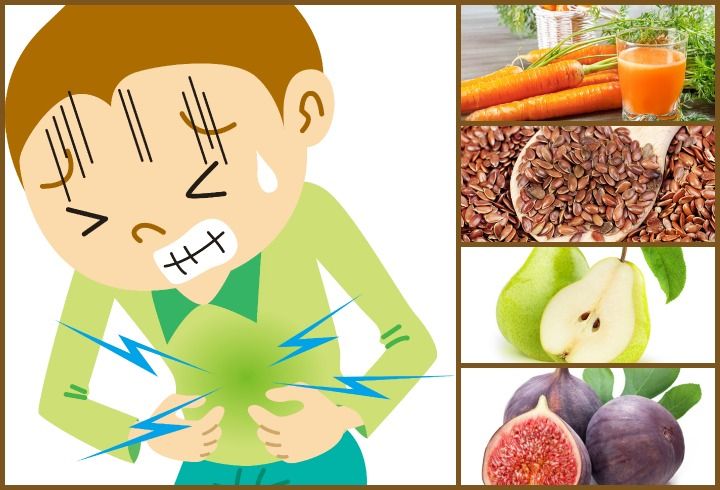
Place the pears in a steamer basket over the boiling water, cover and cook for 8-10 minutes or until tender. Let cool slightly. Reserve steamer water.
Meanwhile, in a small bowl, place the prunes and hot water, and let sit for 10 minutes. Drain.
Add the pears, prunes and cloves into blender or food processor and puree until smooth, adding reserved water in 1/4 cup increments, if needed.
Fennel, Peach + Pea Baby Food Puree
Roasted Pear + Date Baby Food Puree
Preheat oven to 425 degrees F. Line a baking sheet with parchment paper or a silicone mat.
Place pears on the baking sheet, put into the oven and roast for 25-30 minutes. Let cool slightly.
Meanwhile, place the dates in a small bowl and cover with hot water, let sit for 10 minutes.
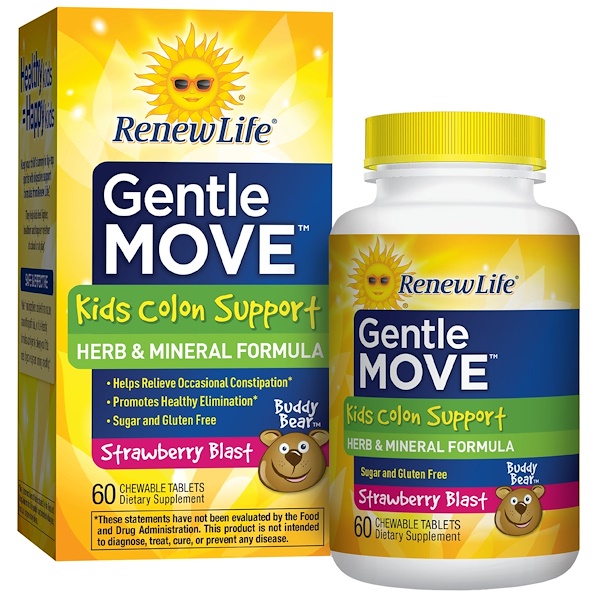 Drain.
Drain. Transfer the pears and dates to a blender or food processor. Add in the orange juice. For a Stage 2 Puree – puree for 1-2 minutes or until completely smooth, adding in water in tbsp increments if needed. For a Stage 3 Puree – pulse in 10-second increments until ingredients are completely mixed together yet still chunky. Serve warm for an extra special treat.
Pear Baby Food Puree
Prep: peel and roughly chop the pears.
Combine: place the pear chunks, spices (if using) and water into a medium saucepan, cover.
Cook: heat on medium-low heat for 10-15 minutes or until tender when pricked with a fork.
Transfer: let cool slightly. Using a slotted spoon, scoop the pears out of the saucepan, leaving the excess water behind, and place in a blender or food processor.

Blend: turn on the machine and blend for 1-2 minutes until you have your desired consistency. If your pear puree is too thick, add the leftover cooking water in 1/4 cup increments.
Eat: serve to baby or freeze for another meal.
Pumpkin, Yogurt + Prune Baby Food Puree
Bring 2 inches of water to a boil in a medium saucepan. Place pumpkin into a steamer basket over boiling water, cover, and cook for 10-15 minutes, or when you can easily prick the pumpkin chunks with a fork. Let cool slightly. Reserve steamer water.
Meanwhile, place the prunes into a small bowl and cover with very hot water for 10 minutes. This will let them plump up and become tender. Drain.
Place the pumpkin, yogurt and prunes into blender or food processor and puree for 1-2 minutes until smooth, adding reserved steamer water in 1/4 cup increments if needed.

5-Minute Pear + Blueberry Baby Puree
Age: 4 months and up
Yield: roughly 12-25 ounces depending on recipe.
Storage: Fridge – store in an airtight container in the fridge for 3-4 days. Freezer – can be frozen for up to 4 months (this and this are my favorite freezer storage containers).
Favorite Kitchen Tools: Get a list of my favorite kitchen tools to make the best baby food here!
Did you make this recipe?
Tag @babyfoode on Instagram and hashtag it #babyfoode!
Pin Recipe Email a Friend
Please note that I am not a medical professional. If your little one has been constipated for longer than 10 days or has a severe case and nothing seems to be working, then please call your pediatrician right away.
Proper Diet for Constipation
Understanding Constipation
Constipation or constipation is a very common bowel movement disorder that makes it difficult to empty the bowels. Individual episodes are often associated with nutritional errors or functional disorders, while chronic constipation often indicates diseases of the gastrointestinal tract or other organs and systems.
Individual episodes are often associated with nutritional errors or functional disorders, while chronic constipation often indicates diseases of the gastrointestinal tract or other organs and systems.
The key symptoms of constipation are:
- Defecation less than 3 times a week.
- Defecation with dry, hard stools, which often look like separate lumps.
- The need for additional straining for defecation.
- Sensation of "blockage" of the rectum.
- Feeling of incomplete emptying of the bowels.
- The need for assistance with defecation (hand pressure on the abdomen and manual manipulation to remove stool from the rectum).
Diet for constipation
Nutrition correction plays one of the key roles in the fight against constipation. Often, changes in eating habits and lifestyle are enough to eliminate constipation that is not associated with other diseases, as well as to prevent their occurrence in the future.
List of useful foods for constipation
Prunes help with constipation. Photo: alexeyzhilkin - ru.freepik.comThe basis of the diet of people with a tendency to constipation should be dominated by foods that contain dietary fiber - fiber.
The most useful foods for constipation are:
- Prunes. The insoluble fiber in prunes increases the amount of water in the stool, preventing constipation. It also contains sugar alcohol (sorbitol), which has a laxative effect.
- Apples. They contain a large amount of pectin, which can improve intestinal motility, promote the growth of beneficial bacteria and eliminate the symptoms of constipation.
- Pears. In addition to being high in fiber, pears also contain fructose and the previously mentioned sorbitol. Due to these substances that are not absorbed in the large intestine, removing water into its lumen, pears can cause a laxative effect.
- Citrus. Oranges, grapefruits and tangerines are rich in pectin and naringenin, which increase the secretion of fluid into the colon, causing a laxative effect.
 It is recommended to use them raw.
It is recommended to use them raw. - Spinach and other greens. Greens such as spinach, brussels sprouts and broccoli are rich not only in fiber, but also in vitamins C and K, as well as folic acid, which have a positive effect on bowel function.
- Legumes: beans, peas and lentils. Legumes contain a mixture of insoluble and soluble fiber. This means they can relieve constipation by bulking up stools, as well as softening them to make bowel movements easier6.
- Kefir. Contains bacteria and yeast that improve the functioning of the digestive system. It also thins the stool, improving bowel movements.
List of undesirable foods for constipation
Dairy products, red meats and alcohol are not desirable for constipation. Photo: MedPortal Correction of nutrition for constipation includes not only the addition of more fluid and dietary fiber, but also the restriction or complete rejection of other foods that can provoke this defecation disorder [8].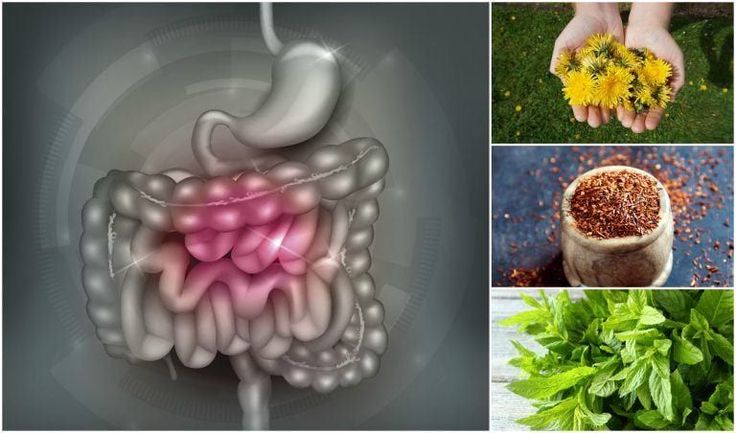 These products include:
These products include:
- Alcohol. Alcoholic beverages, especially in large quantities, lead to the loss of large amounts of fluid in the urine, which contributes to constipation [9].
- Milk and dairy products. It is believed that milk, due to the increased sensitivity of the human body to its proteins, can provoke constipation. Children under 12 years of age are most susceptible to this effect [10].
- Red meats, which are high in fat, increase the risk of constipation [11].
- Fried food and fast food. Like red meat, these foods are high in fat and low in dietary fiber. In addition, a large amount of salt is used in its preparation, which worsens the course of constipation.
- White rice, unlike brown, lacks bran and other major sources of fiber, which can also cause constipation.
- Products containing gluten. Gluten is a protein found in grains such as wheat, barley, and rye. It has been found to be associated with constipation, and also impairs bowel function and damages it in celiac disease and irritable bowel syndrome [12].
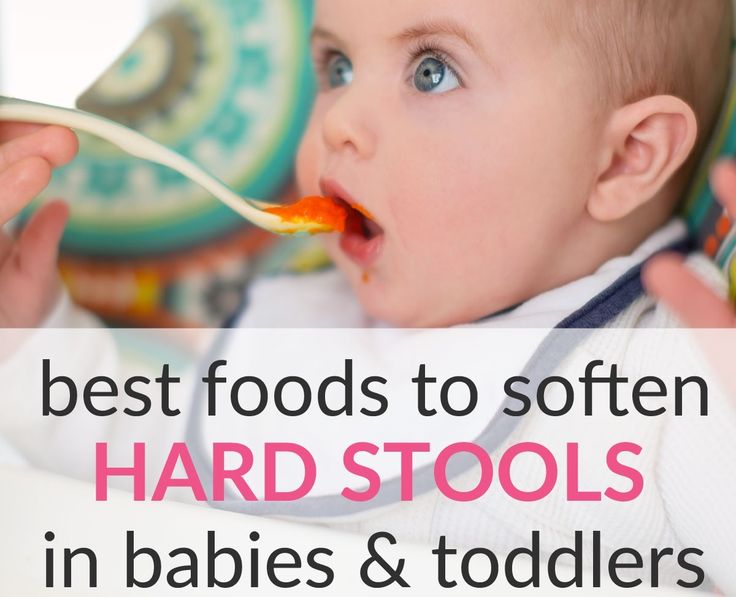
Nutrition for children with constipation
Broccoli puree helps to normalize stool in young children. Photo: [email protected] / DepositphotosThe fight against constipation in children of preschool and primary school age is similar to that in adults: in such situations, the same advice on nutrition and lifestyle changes is relevant.
“You should try to adjust the stool with a diet: give the child more water (a liter per day or more). Introduce more vegetable fiber (salads, vegetable stews), juices (plums, prunes), fermented milk products (yogurts), laxative foods (beets, pickles), etc. You should also try to involve the child himself in the treatment, make it an entertaining game, motivate for the result. For example, buy a calendar with large cells and draw a smiley in the cell every day when he himself went to the toilet. Five days of independent chair in a row - deserved a guaranteed toy, two weeks in a row - a super prize.
Positive reinforcement works wonders, trust me.
Well, physical activity, of course. Preschoolers do not need to be additionally stimulated, except perhaps to limit the time for gadgets and TV, but schoolchildren already need to be actively urged to enroll in a collective sports section, for example.”
An excerpt from the book of pediatrician Sergei Butriy “Health of the child. How to learn to cope with diseases and your own panic "
Babies can also suffer from constipation. It is worth noting that normally in infants, the frequency of bowel movements can vary from 1-2 times a day to 1 time in 7-10 days.
If a child has other symptoms of constipation in addition to infrequent stools, such as increased restlessness during bowel movements and hard lumps of feces, the following dietary changes are recommended [13]:
- to which you can add a mixture of prunes, pears or peaches.
- Recommended vegetables are broccoli, Brussels sprouts and legumes.
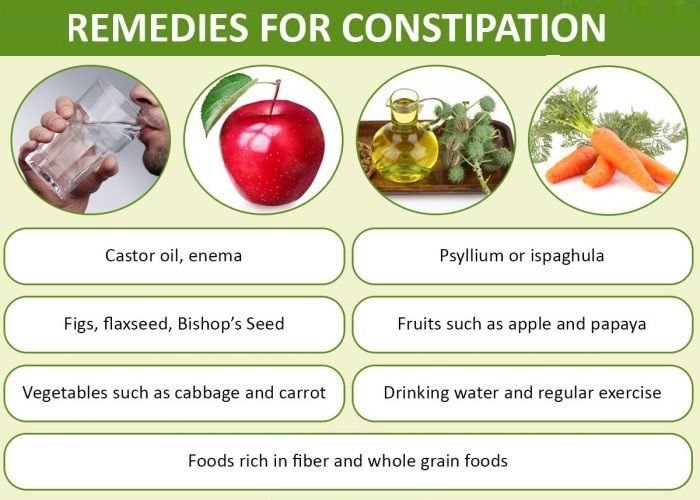
- For children over 8 months of age, whole grains such as oatmeal, high fiber cereal, whole wheat pasta, and brown rice are allowed.
- Controlling the amount of liquid you drink. Until 6 months of age, an exclusively breastfed or formula-fed baby does not need to drink water. Babies over this age can be given a small amount of water.
The following can also help a small child with constipation [14]:
- Warm baths. They relax the abdominal muscles and improve peristalsis.
- Exercises. Having put the child on his back, you can alternately bend his legs, as if he were riding a bicycle.
- Massage. You can improve intestinal motility by drawing circles on the child's stomach in a clockwise direction.
- If constipation persists after a few days of dietary changes, glycerin suppositories for children (suppositories) may be used. However, they are intended for occasional use only. Mineral oils, stimulant laxatives, or enemas should not be used to treat constipation in infants.
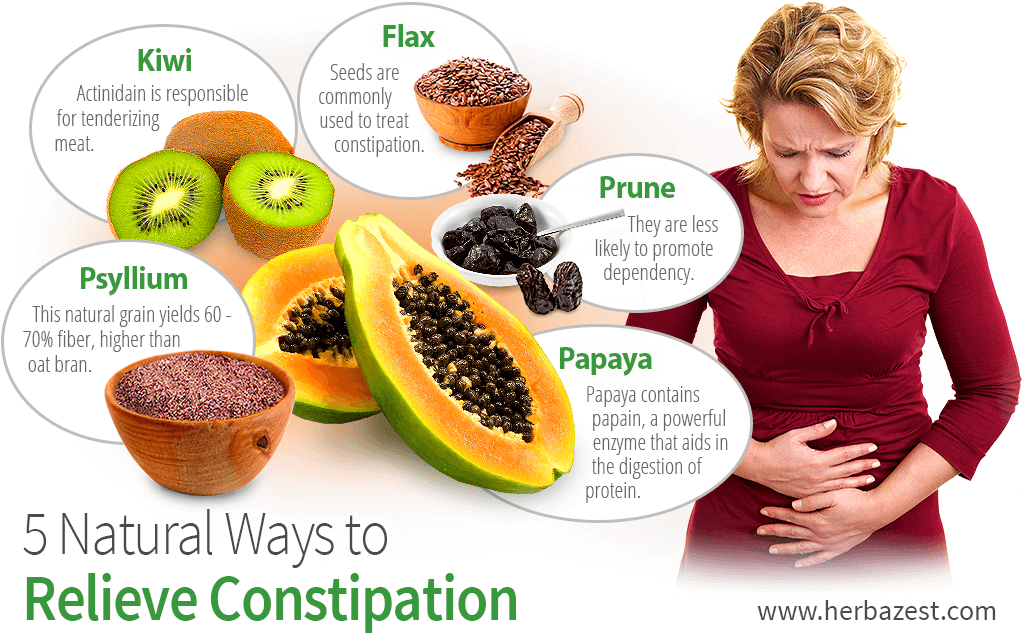 But for older children with constipation, enemas and the use of laxatives under the supervision of a pediatrician are indicated.
But for older children with constipation, enemas and the use of laxatives under the supervision of a pediatrician are indicated.
Consequences of non-compliance with the diet
Without nutritional correction, individual cases of constipation develop into chronic constipation. At the same time, the symptoms of this disorder worsen, and the risk of developing complications increases, the most common of which are [15]:
- Hemorrhoids (Fig. 1).
- Anal fissures.
- Rectal bleeding.
Inflammation of the mucous membrane of the rectum and sigmoid colon - proctosigmoiditis.
Figure 1. Stages of development of hemorrhoids. Source: CC0 Public DomainConclusion
Proper nutrition and fluid control are the keys to resolving constipation in most cases. But it is important to understand that this phenomenon can be not only an isolated problem, but also a symptom of other pathologies. Therefore, if defecation disorders persist after changing the diet, you should seek the advice of a specialist.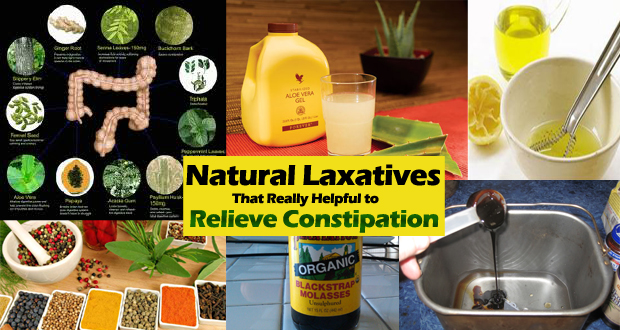
Sources
- Constipation. National Digestive Diseases Information Clearinghouse. 2019.
- Elise Mandl. The 17 Best Foods to Relieve Constipation. health line. 2018.
- Lever E, Cole J, Scott SM, Emery PW, Whelan K. Systematic review: the effect of prunes on gastrointestinal function. Aliment Pharmacol Ther. 2014 Oct;40(7):750-8
- Bae SH. Diets for constipation. Pediatr Gastroenterol Hepatol Nutr. 2014;17(4):203-208.
- Reiland H, Slavin J. Systematic Review of Pears and Health. Nutr Today. 2015;50(6):301-305.
- Yang, Jing et al. “Effect of dietary fiber on constipation: a meta analysis.” World journal of gastroenterology vol. 18.48 (2012): 7378-83.
- Turan İ, Dedeli Ö, Bor S, İlter T. Effects of a kefir supplement on symptoms, colonic transit, and bowel satisfaction score in patients with chronic constipation: a pilot study.
 Turk J Gastroenterol. 2014;25(6):650-656.
Turk J Gastroenterol. 2014;25(6):650-656. - Alina Petre. 7 Foods That Can Cause Constipation. health line. 2020.
- Bujanda L. The effects of alcohol consumption upon the gastrointestinal tract. Am J Gastroenterol. 2000;95(12):3374-3382.
- Carroccio A, Iacono G. Review article: Chronic constipation and food hypersensitivity--an intriguing relationship. Aliment Pharmacol Ther. 2006;24(9):1295-1304.
- Abdullah MM, Gyles CL, Marangeli CP, Carlberg JG, Jones PJ. Dietary fiber intakes and reduction in functional constipation rates among Canadian adults: a cost-of-illness analysis. Food Nutr Res. 2015;59:28646. Published 2015 Dec 11.
- Saturni, Letizia et al. “The gluten-free diet: safety and nutritional quality.” Nutrients vol. 2.1 (2010): 16-34.
- Rhona Lewis. Are There Baby Foods That Help with Constipation? health line.
 2020.
2020. - Jay L. Hoecker, M.D. What are the signs of infant constipation? And what's the best way to treat it? Mayo clinic. 2019.
- Adam Felman "What to know about constipation". MedicalNewsToday, 2019.
what to do and what foods to eat to improve the chair?
In the last article on constipation, we talked about what it is and what are the most common causes. In this material, we understand why, with constipation, you should not immediately take laxatives, but it is better to pay attention to your diet.
Often the problem is not a lazy bowel that needs to be “pushed”. We decided to talk about useful products that help you go to the toilet in a natural way.
Be sure to see a doctor if constipation lasts for weeks or is accompanied by pain, blood and mucus in the stool, and other uncomfortable symptoms.
Contents
- 1. Why do you need different types of fiber
- 2.
 Soups: more water and fiber
Soups: more water and fiber - 3. Fermented probiotic dairy products
- 4. Stone fruits for constipation
- 5. Whole grains and bran
- 6. Legumes in the fight against constipation
- 7. Seeds for regular digestion
- 8. How to eat fiber properly
- 9. Important note
Why different types of fiber are needed
Fiber helps to make stools regular and feeds good gut bacteria. It comes in soluble and insoluble forms, and both types are equally important for healthy digestion.
Soluble fiber absorbs liquid and forms a gel-like substance that facilitates the movement of feces through the digestive tract. It also creates a feeling of fullness.
Insoluble fiber adds bulk to the stool and stimulates intestinal receptors to speed up stool elimination. Insoluble dietary fiber also retains water and prevents feces from turning into a dry, lumpy mass.
Soups: more water and fiber
Vegetable soups solve two problems at once, because they contain the necessary dietary fiber and liquid.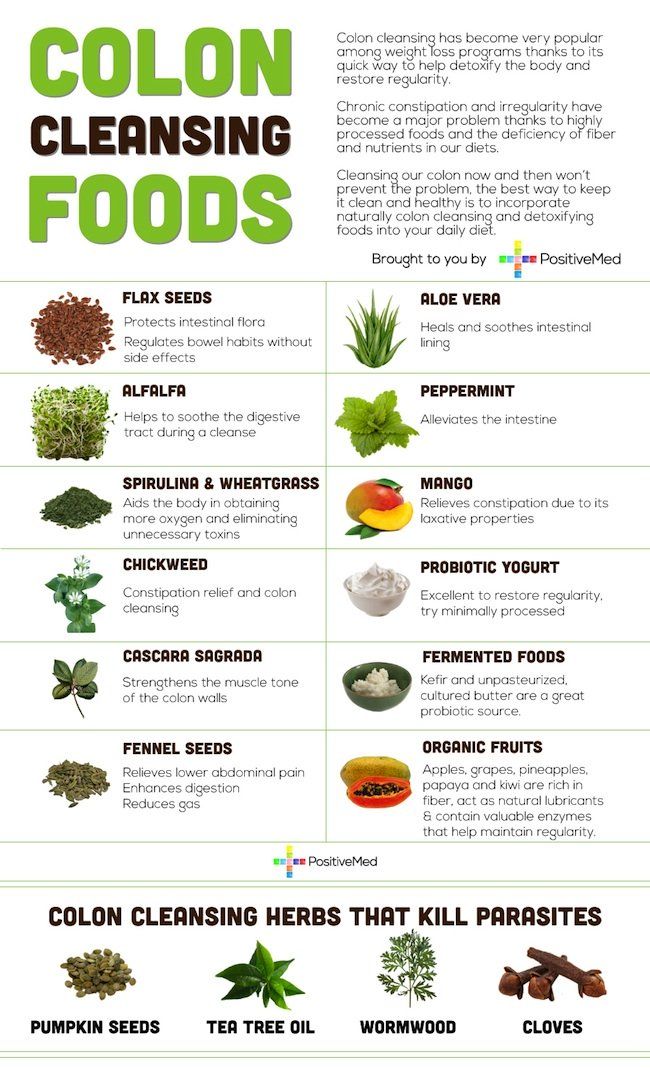 You can start with puree soups - they are easier to digest and contain more nutrients, and they are also just tastier.
You can start with puree soups - they are easier to digest and contain more nutrients, and they are also just tastier.
To make the broth rich, cook the soup for a long time and on low heat. The main thing is to boil the vegetables, but not to digest them, so as not to destroy the fiber they contain.
Milk and cream soups can cause bloating and make you feel worse. For a thicker, more textured soup without any GI side effects, opt for recipes with potatoes. The starch it contains does an excellent job of giving the soup that creaminess.
Fermented probiotic products
Fermented foods are rich in beneficial lactic acid bacteria Lactobacillus and Bifidobacterium. In the intestines, such bacteria resist dysbacteriosis and produce short-chain fatty acids that maintain mucosal health and normal peristalsis.
Fermented foods contain little or no lactose, so you don't have to worry about stomach discomfort. If a slight seething after their use nevertheless appeared, the reason is more likely in the probiotic effect than in intolerance.
If the sour taste and smell of kefir puts you off, try other fermented dairy products:
- Greek yogurt;
- sheep's or goat's milk yoghurt;
- matsoni;
- airan;
- tan;
- fermented baked milk;
- acidophilus;
- narine.
Vegan probiotics also exist, such as kombucha, kimchi, sauerkraut and other fermented vegetables, miso paste, cashew or soy based yogurt.
Take the Atlas Microbiota Test to check your gut bacteria composition and find out which prebiotics and probiotics are right for you.
Anti-Constipation Stone Fruit
These fruits are juicy and fibrous and will help you digest naturally quickly. Some stone fruits also contain sorbitol, which has a mild laxative effect.
These fruits are considered the most effective against constipation:
- apricots;
- plums;
- peaches;
- nectarines.
If the fresh fruit season is over, you can limit yourself to prunes and dried apricots. It is important to always drink dried fruits with water - if you gnaw them dry on the go, this will only worsen the condition.
It is important to always drink dried fruits with water - if you gnaw them dry on the go, this will only worsen the condition.
Whole grains and bran
Unprocessed grain retains the outer shell, endosperm and germ. Such grains contain a maximum of nutrients and fiber, so for chronic constipation, whole grains and bran (separated grain shells) should be included in the diet.
This could be:
- whole grain toast for breakfast;
- bran porridge;
- blasted whole grain breads as a snack;
- brown rice as a side dish.
If you don't like the taste of brown rice, you can buy a mixture of regular brown rice. As for flax crackers, such a snack is not suitable for everyone - dense raw grains may not be digested at all.
Legumes in the fight against constipation
Lentils, chickpeas and beans contain a lot of fiber - this is what causes flatulence in many people. For this fiber to benefit, you need to eat legumes in small portions and focus on your well-being. In any case, gas is rather a positive sign that intestinal bacteria have something to eat.
In any case, gas is rather a positive sign that intestinal bacteria have something to eat.
It is recommended to soak beans in cold water for several hours before cooking. Canned chickpeas and beans are easier to digest because some of the "gas-forming" substances go into a liquid that can be drained.
You can also buy bean sprouts or make your own - they are also less problematic to digest. The spice asafoetida, according to some studies, can reduce bloating after legumes.
Want to learn more about stomach health?
Download a free microbiome book from the Atlas experts!
Seeds for regular digestion
We have described foods rich in insoluble fiber. Now it's time to talk about sources of soluble fiber.
Psyllium husk is sold dry as a natural remedy for constipation. It has a neutral taste and smells almost nothing. When diluted with water, the husk forms mucus, which is necessary for the formation of healthy stools.
Chia seeds are another trending source of soluble fiber.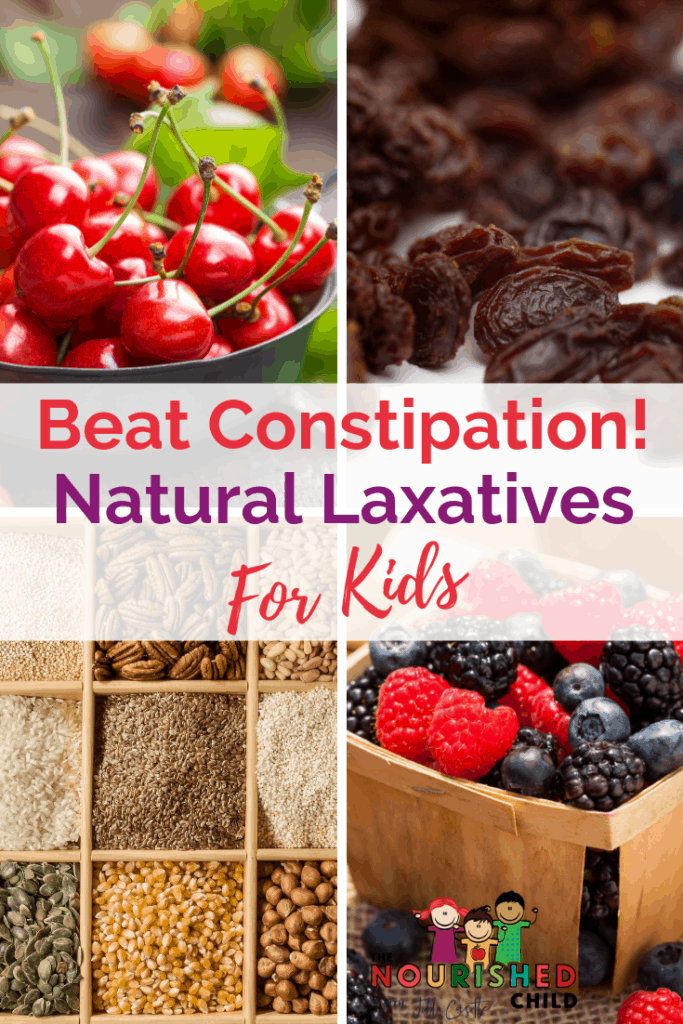 They also need to be diluted with water and added to cereals or smoothies. Chia pudding or chia yogurt is a light breakfast or dessert option that will help keep the moisture in your stool and add the viscosity you need.
They also need to be diluted with water and added to cereals or smoothies. Chia pudding or chia yogurt is a light breakfast or dessert option that will help keep the moisture in your stool and add the viscosity you need.
More affordable soluble fiber - flax seeds. They are recommended for irritable bowel syndrome, chronic constipation and type 2 diabetes. Seeds need to be soaked in water overnight to get that gel-like texture. If you don’t want to wait, you can buy flaxseed porridge in the form of an instant mix.
How to eat fiber
Insoluble fiber must be chewed carefully and for a long time, otherwise the coarse particles will irritate the esophagus and intestines. If you spend much more time on a salad than on a main course, this is absolutely normal. The better you chew, the better this food will be absorbed and digested.
It is important to drink plenty of fluids. If fiber has nowhere to absorb water, it won't work as a natural laxative.

If you've never eaten a lot of fruits and vegetables, start small and give your microbiome time to adjust to the new diet.
There are several signs that you may be eating too much fiber. These are:
- bloating of the lower abdomen, distension and flatulence;
- Loose, unformed stools with clearly visible undigested fibers.
Highlights
- A proper diet that includes soups, fermented and whole grains, and various types of fiber can help you improve your bowel movements.
- It is important to remember to drink plenty of water throughout the day. Sugary drinks and coffee do not replace water.
- You can find out which nutrients and dietary fiber your bacteria are lacking with the Atlas Microbiota Test. You will receive personalized and understandable recommendations that will help improve the functioning of the microbiota and improve digestion.
More fiber articles on the Atlas blog:
- Everything you need to know about fiber
- What foods contain fiber
- How to take care of your gut bacteria
- National Health Service, Constipation, Causes of constipation 9010
- National Health Service, Constipation, About constipation, 2020
- Min Chen et al.
